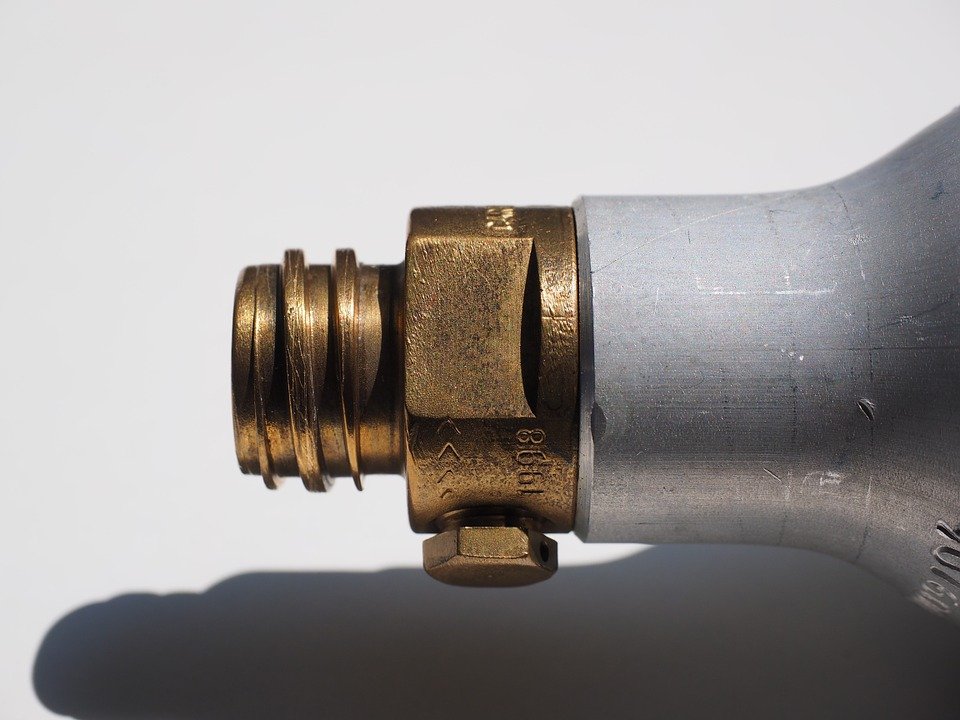
By Jon Fleet, Sales Manager at Sertus
Although Carbon Dioxide (CO2) is a naturally-occurring gas expelled by all living creatures, it is nowadays synonymous with harmful pollution that causes damage to our planet and to our bodies. While normal levels of CO2 in the air are not of any immediate harm to us, Carbon Dioxide can quickly accumulate in confined spaces, particularly densely populated ones, and this is when it poses more significant health risks.
At regular concentrations (around 0.05%), Carbon Dioxide is perfectly normal and healthy, but when airflow is limited and the same CO2 being exhaled is being inhaled again, it can cause a wide range of symptoms. The severity of these side effects can vary broadly:
- Dizziness
- Disorientation
- Suffocation
- Mild Confusion
- Headache
- Blurred Vision
- Damage to the Central Nervous System
- Hypercapnia (dangerously high Carbon Dioxide levels in the blood)
- Acidemia (increasingly acidic blood pH level)
- Cardiovascular Damage such as Low Blood Pressure and Cardiac Arrhythmia
- Asphyxiation (breathable Oxygen being displaced by Carbon Dioxide)
These, of course, can have very grave consequences, but are not often thought of as dangers of poorly ventilated spaces. Small spaces that see high capacities for extended periods are at increased risk, but there are measures that can be taken to significantly reduce such dangers.
CO2 concentration levels in the air provide a decent indication of indoor air quality and its fitness for human exposure, and as such is used to guide a building’s ventilation. Of course, as a natural by-product of human respiration, highly populated areas like offices and schools, in which occupants remain in the same place for extended periods of time, are far more likely to experience high concentrations of Carbon Dioxide. By carrying out regular Carbon Dioxide level measurements, building occupants can remain aware of their wellbeing, and ventilation can be altered suitably. Means of ventilation vary largely between buildings, but are the answer to Carbon Dioxide control.
Effective air control needs two things, ventilation and method of measurement. Buildings experiencing ventilation issues due to poor design can consult with ventilation specialists for tailored advice. Carbon Dioxide monitoring systems have become available, and can be fitted quickly and conveniently across a wide range of indoor settings. Such devices take regular measurements of the indoor air quality, and notify occupants with a warning light and buzzer when Carbon Dioxide levels become too high, allowing building ventilation to be altered and safe air levels to be achieved.
The Building Bulletin 101 Ventilation of School Buildings (BB101) is a Government-issued document that details the standards of the ventilation of school buildings, and can be referred to in other settings for advisable Carbon Dioxide monitoring. Adhering to these standards ensures the safety and comfort of building occupants.
Monitors measure Carbon Dioxide levels in Parts Per Million (PPM) and offer guidance as to the safety of levels of CO2 in the air:
- 0-600: Excellent
- 700-800: Good
- 900-1000: Fair
- 1100-1500: Mediocre – Indoor air contaminated, ventilation required
- 1600-2000: Bad – Indoor air heavily contaminated, ventilation essential
- Carbon Dioxide levels above 2000 are dangerously high and must be dealt with immediately
The installation of a quality Carbon Dioxide monitoring system is a significant move in the direction of occupational health and wellbeing for all across working environments, and the improvement of working conditions for everybody.
For further information about specialist ventilation methods and how it can improve your workplace, contact Whitesales.
Jon Fleet, Sales Manager at Sertus, the Smoke & Access Division of Whitesales, specialises in natural Smoke and Heat Exhaust Systems (nSHEVs) and access solutions, providing assistance to architects, mechanical and electrical consultants, building control and fire officers for both the new build and refurbishment markets. He and his team provide fire strategies, cause and effect data, detailed specifications, working drawings and wiring schematics for specific projects which may involve site visit and surveys. He also gives guidance on planning and design, installation and commissioning of smoke controls systems. You can find Sertus’ website here: www.sertussystems.co.uk
What makes us susceptible to burnout?
In this episode of the Safety & Health Podcast, ‘Burnout, stress and being human’, Heather Beach is joined by Stacy Thomson to discuss burnout, perfectionism and how to deal with burnout as an individual, as management and as an organisation.
We provide an insight on how to tackle burnout and why mental health is such a taboo subject, particularly in the workplace.


